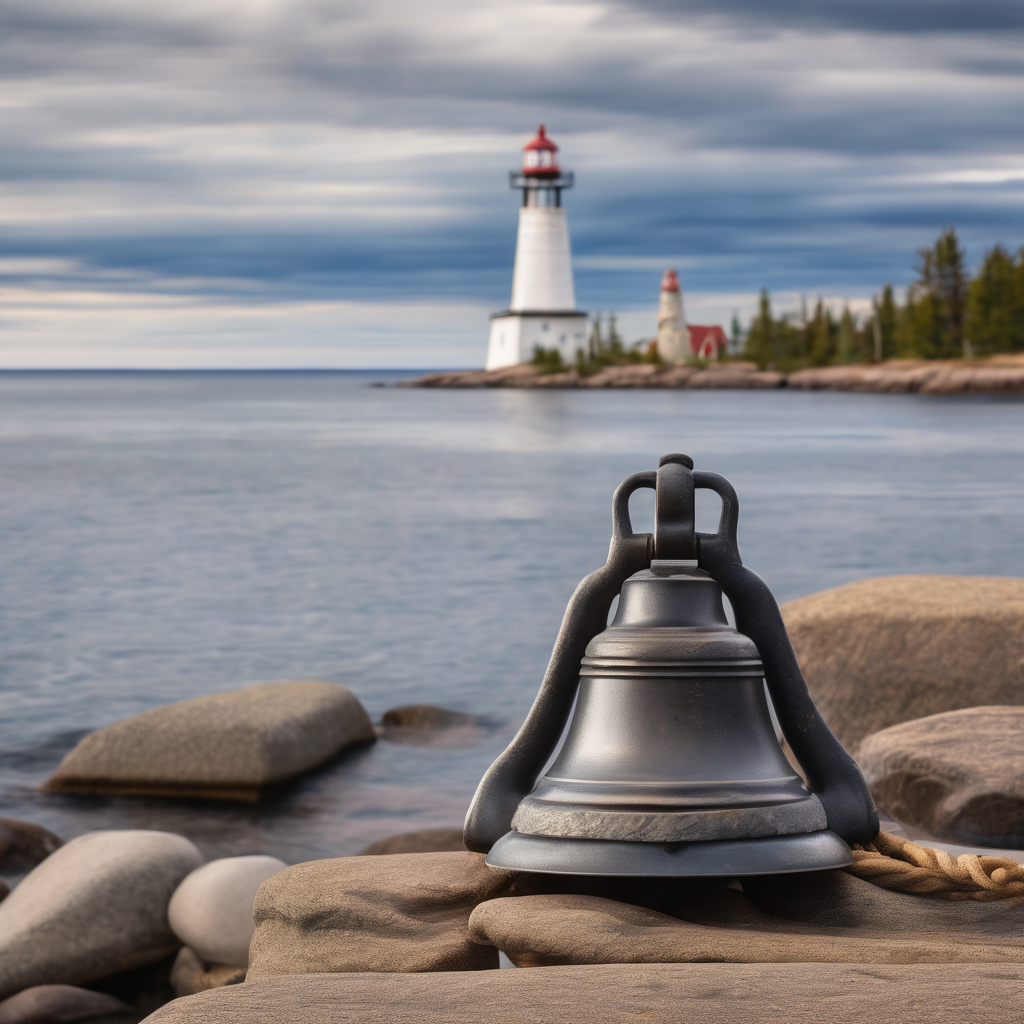On November 10, fifty years ago, a storm known as “the witch of November” sank the Great Lakes freighter Edmund Fitzgerald on Lake Superior. Tragically, all 29 crew members on board vanished amid one of the fiercest storms recorded, without leaving a distress call. The haunting narrative of this maritime disaster has been immortalized by Gordon Lightfoot’s iconic folk rock song, “The Wreck of the Edmund Fitzgerald,” which transformed the event from a mere historical footnote into a poignant cultural memory.
Lightfoot’s ballad does not just serve as a tribute to the lost sailors; it probes deeply into the human experience, capturing the themes of vulnerability and existential reflection. By drawing on Romantic traditions, the song evokes a sense of the sublime, as articulated by philosopher Edmund Burke in his work on aesthetics. Burke’s exploration of the sublime emphasizes awe inspired by nature’s tremendous forces and the fragility of human existence. The sinking of the Fitzgerald epitomizes this overpowering juxtaposition of human ambition against nature’s unforgiving prowess.
The structure of Lightfoot’s song reflects this vastness and ambiguity. The repetitive melody and singular acoustic arrangement create a continuous, melancholic echo that mirrors the unending expanse of Lake Superior. The lyrics pose existential questions about the divine presence amid turmoil: “Does anyone know where the love of God goes when the waves turn the minutes to hours?” This poignant inquiry highlights the vulnerability of the sailors as they confront the fury of the storm, enhancing the emotional weight of their plight.
Lightfoot emphasizes the ship’s size and might in the first verses, capturing its status as a symbol of human achievement. “Bigger than most,” the Fitzgerald was a marvel of engineering, yet its destruction compels listeners to marvel at nature’s ability to bring such power to its knees. The refrain of uncertainty affects the narrative, as the details surrounding the sinking remain shrouded in mystery. The lack of clarity about the events that night—the precisely what, how, and why—fuels an intrinsic fear and intrigue surrounding the disaster.
Despite the passage of time, the legacy of the Edmund Fitzgerald continues to resonate. Lightfoot approached the task of crafting the song with meticulous care and respect, showing reverence for the sailors and their families. He was acutely aware of the emotional weight of the story, demonstrating a reluctance to commercialize tragedy. His sensitive handling of the subject matter ensured that the ballad became a solemn tribute rather than a mere commercial exploit.
In the end, “The Wreck of the Edmund Fitzgerald” is far more than a recounting of a maritime tragedy; it serves as a haunting reminder of human frailty in the face of nature’s monumental power. The ballad encapsulates the timeless story of mortality and helplessness, echoing through the ages as a call to remember the lost and reflect on the unpredictable forces that govern our existence. Gordon Lightfoot’s creation stands as a testament to the enduring spirit of those who perished, inviting listeners to ponder the vast and often uncharted waters of life.
